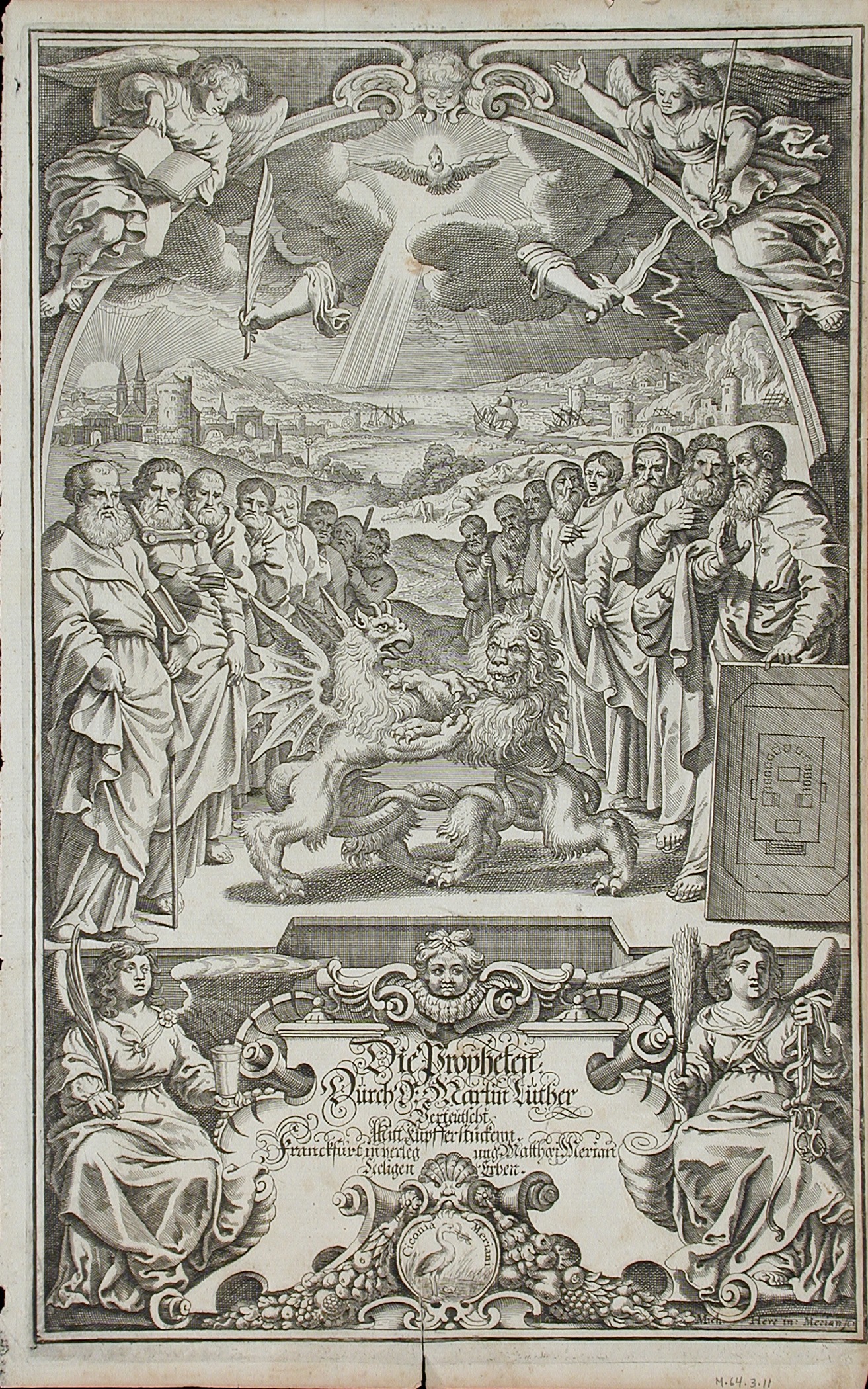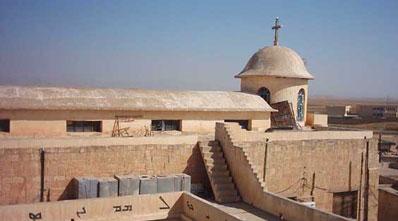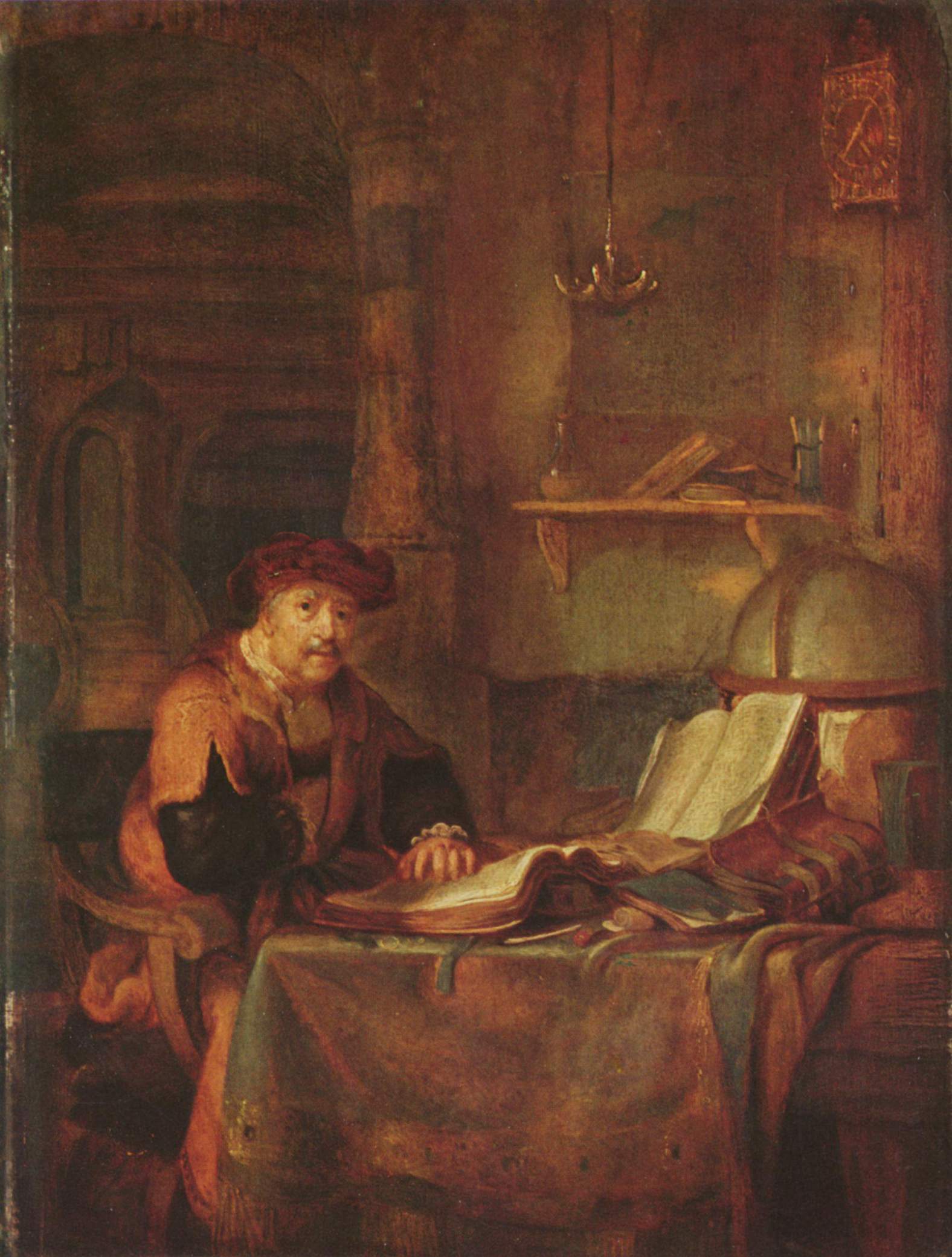|
Elias Of Nisibis
Elijah, Eliya, or Elias of Nisibis (, 11February 975– 18July 1046) was an Assyrian cleric of the Church of the East, who served as bishop of Beth Nuhadra (1002–1008) and archbishop of Nisibis (1008–1046). He has been called the most important Christian writer in Arabic—or even throughout non-Christian Asia—during the 11th century. He is best known for his ''Chronography'', which is an important source for the history of Sassanid Persia. Name He shares the name of the Biblical prophet Elijah (, ''Eliyahu''), whose name meant "My God is Jah". The Syriac form of his name is Ēlīyā or Ēlīyāh (ܐܹܠܝܼܵܐ) in Classical and Eastern Syriac and Ēlīyō (ܐܶܠܺܝܳܐ) in Western Syriac. In Latin translation, this became Elias. He is usually distinguished as "Elijah of Nisibis" (; ) from the location of his archbishopric. He is also known by the patronymic (; ),. meaning "Elijah, son of Shenna", in reference to the place of his birth. Life Elijah was born in ... [...More Info...] [...Related Items...] OR: [Wikipedia] [Google] [Baidu] |
Syriac Language
The Syriac language ( ; ), also known natively in its spoken form in early Syriac literature as Edessan (), the Mesopotamian language () and Aramaic (), is an Aramaic#Eastern Middle Aramaic, Eastern Middle Aramaic dialect. Classical Syriac is the academic term used to refer to the dialect's literary usage and standardization, distinguishing it from other Aramaic dialects also known as 'Syriac' or 'Syrian'. In its West-Syriac Rite, West-Syriac tradition, Classical Syriac is often known as () or simply , or , while in its East-Syriac Rite, East-Syriac tradition, it is known as () or (). It emerged during the first century AD from a local Eastern Aramaic languages, Eastern Aramaic dialect that was spoken in the ancient region of Osroene, centered in the city of Edessa. During the Early Christian period, it became the main literary language of various Aramaic-speaking Christian communities in the historical region of Syria (region), Ancient Syria and throughout the Near East. As ... [...More Info...] [...Related Items...] OR: [Wikipedia] [Google] [Baidu] |
Nestorianism
Nestorianism is a term used in Christian theology and Church history to refer to several mutually related but doctrinary, doctrinarily distinct sets of teachings. The first meaning of the term is related to the original teachings of Christian theologian Nestorius (), who promoted specific doctrines in the fields of Christology and Mariology. The second meaning of the term is much wider, and relates to a set of later theological teachings, that were traditionally labeled as Nestorian, but differ from the teachings of Nestorius in origin, scope and terminology. The ''Oxford English Dictionary'' defines Nestorianism as:"The doctrine of Nestorius, Patriarch of Constantinople (appointed in 428), by which Christ is asserted to have had distinct human and divine persons."Original Nestorianism is attested primarily by works of Nestorius, and also by other theological and historical sources that are related to his teachings in the fields of Mariology and Christology. His theology was infl ... [...More Info...] [...Related Items...] OR: [Wikipedia] [Google] [Baidu] |
Wheaton, Illinois
Wheaton is a city in and the county seat of DuPage County, Illinois, United States. It is located in Milton and Winfield Townships, approximately west of Chicago. As of the 2020 census, Wheaton's population was 53,970, making it the 27th-most populous municipality in the state. History Founding The city dates its founding to the period between 1831 and 1837, following the Indian Removal Act, when Erastus Gary laid claim to of land near present-day Warrenville. The Wheaton brothers arrived from Connecticut, and in 1837, Warren L. Wheaton laid claim to of land in the center of town. Jesse Wheaton later made claim to of land just west of Warren's. It was not long before other settlers from New England joined them in the community. In 1848, they gave the Galena and Chicago Union Railroad of right-of-way, upon which railroad officials named the depot Wheaton. In 1850, ten blocks of land were platted and anyone who was willing to build immediately was granted free land. In 1 ... [...More Info...] [...Related Items...] OR: [Wikipedia] [Google] [Baidu] |
Elijah
Elijah ( ) or Elias was a prophet and miracle worker who lived in the northern kingdom of Israel during the reign of King Ahab (9th century BC), according to the Books of Kings in the Hebrew Bible. In 1 Kings 18, Elijah defended the worship of the Hebrew deity Yahweh over that of the Canaanite deity Baal. God also performed many miracles through Elijah, including resurrection, bringing fire down from the sky, and ascending to heaven alive. 2 Kings 2:11 He is also portrayed as leading a school of prophets known as "the sons of the prophets." Following Elijah's ascension, his disciple and devoted assistant Elisha took over as leader of this school. The Book of Malachi prophesies Elijah's return "before the coming of the great and terrible day of the ," making him a harbinger of the Messiah and of the eschaton in various faiths that revere the Hebrew Bible. References to Elijah appear in Sirach, the New Testament, the Mishnah and Talmud, the Quran, the Book of Mormon, ... [...More Info...] [...Related Items...] OR: [Wikipedia] [Google] [Baidu] |
Prophets In Judaism
According to the Talmud, there were 48 prophets and 7 prophetesses of Judaism ( ''Nəvīʾīm'', Tiberian: ''Năḇīʾīm,'' "Prophets", literally "spokespersons"). The last Jewish prophet is believed to have been Malachi. In Jewish tradition it is believed that the period of prophecy, called '' Nevuah'', ended with Haggai, Zechariah and Malachi (mid-5th century BCE) at which time the " Shechinah departed from Israel". Rabbinic tradition According to the Talmud, there were 48 prophets and 7 prophetesses who prophesied to Israel. The 46 prophets to Israel (46 according to Rashi, commentary on Tractate Megillah 14a) * Abraham * Isaac * Jacob * Moses * Aaron * Joshua * Phinehas * Eli * Elkanah * Samuel * Gad * Natan * David * Ahijah the Shilonite * Solomon * Iddo * Obadiah * Jehu * Azariah * Jahaziel * Eliezer * Elijah * Elisha * Micaiah * Jonah * Amos * Hosea * Amoz * Isaiah * Micah * Joel * Zephaniah * Nahum * Habakkuk * Urijah * Jeremiah * E ... [...More Info...] [...Related Items...] OR: [Wikipedia] [Google] [Baidu] |
Bible
The Bible is a collection of religious texts that are central to Christianity and Judaism, and esteemed in other Abrahamic religions such as Islam. The Bible is an anthology (a compilation of texts of a variety of forms) originally written in Hebrew, Aramaic, and Koine Greek. The texts include instructions, stories, poetry, prophecies, and other genres. The collection of materials accepted as part of the Bible by a particular religious tradition or community is called a biblical canon. Believers generally consider it to be a product of divine inspiration, but the way they understand what that means and interpret the text varies. The religious texts were compiled by different religious communities into various official collections. The earliest contained the first five books of the Bible, called the Torah in Hebrew and the Pentateuch (meaning 'five books') in Greek. The second-oldest part was a collection of narrative histories and prophecies (the Nevi'im). The third co ... [...More Info...] [...Related Items...] OR: [Wikipedia] [Google] [Baidu] |
Sassanid Persia
The Sasanian Empire (), officially Eranshahr ( , "Empire of the Iranian peoples, Iranians"), was an List of monarchs of Iran, Iranian empire that was founded and ruled by the House of Sasan from 224 to 651. Enduring for over four centuries, the length of the Sasanian dynasty's reign over ancient Iran was second only to the directly preceding Arsacid dynasty of Parthia. Founded by Ardashir I, whose rise coincided with the decline of Arsacid influence in the face of both internal and external strife, the House of Sasan was highly determined to restore the legacy of the Achaemenid Empire by expanding and consolidating the Iranian nation's dominions. Most notably, after defeating Artabanus IV of Parthia during the Battle of Hormozdgan in 224, it began competing far more zealously with the neighbouring Roman Empire than the Arsacids had, thus sparking a new phase of the Roman–Iranian Wars. This effort by Ardashir's dynasty ultimately re-established Iran as a major power of late an ... [...More Info...] [...Related Items...] OR: [Wikipedia] [Google] [Baidu] |
Archbishop Of Nisibis
The Metropolitanate of Nisibis was an East Syriac metropolitan province of the Church of the East, between the fifth and seventeenth centuries. The ecclesiastical province of Nisibis (Syriac: Nisibin, , often abbreviated to Soba, ) had a number of suffragan dioceses at different periods in its history, including Arzun, Beth Rahimaï, Beth Qardu (later renamed Tamanon), Beth Zabdaï, Qube d'Arzun, Balad, Shigar (Sinjar), Armenia, Beth Tabyathe and the Kartawaye, Harran and Callinicus (Raqqa), Maiperqat (with Amid and Mardin), , Qarta and Adarma, Qaimar and Hesna d'Kifa. Aoustan d'Arzun and Beth Moksaye were also suffragan dioceses in the fifth century. Background In 363 the Roman emperor Jovian was obliged to cede Nisibis and five neighbouring districts to Persia to extricate the defeated army of his predecessor Julian from Persian territory. The Nisibis region, after nearly fifty years of rule by Constantine and his Christian successors, may well have contained more Christia ... [...More Info...] [...Related Items...] OR: [Wikipedia] [Google] [Baidu] |
Bishop Of Beth Nuhadra
Metropolitanate of Adiabene () was an East Syriac Rite, East Syriac metropolitan province of the Church of the East between the 5th and 14th centuries, with more than fifteen known suffragan dioceses at different periods in its history. Although the name Hadyab normally connoted the region around Erbil and Mosul in present-day Iraq, the boundaries of the East Syriac metropolitan province went well beyond the Erbil and Mosul districts. Its known suffragan dioceses included Beth Bgash (the Hakkari region of eastern Turkey) and Adarbaigan (the Ganzak district, to the southeast of Lake Urmi), well to the east of Adiabene proper. Ecclesiastical history The bishop of Erbil, present-day Iraqi Kurdistan, became metropolitan of Adiabene in 410, responsible also for the six suffragan dioceses of Beth Nuhadra (), Beth Bgash, Beth Dasen, Ramonin, Beth Mahqart and Dabarin. Bishops of the dioceses of Beth Nuhadra, Beth Bgash and Beth Dasen, which covered the modern ʿAmadiya and Hakkari regi ... [...More Info...] [...Related Items...] OR: [Wikipedia] [Google] [Baidu] |
Scholar
A scholar is a person who is a researcher or has expertise in an academic discipline. A scholar can also be an academic, who works as a professor, teacher, or researcher at a university. An academic usually holds an advanced degree or a terminal degree, such as a master's degree or a doctorate (PhD). Independent scholars and public intellectuals work outside the academy yet may publish in academic journals and participate in scholarly public discussion. Definitions In contemporary English usage, the term ''scholar'' sometimes is equivalent to the term ''academic'', and describes a university-educated individual who has achieved intellectual mastery of an academic discipline, as instructor and as researcher. Moreover, before the establishment of universities, the term ''scholar'' identified and described an intellectual person whose primary occupation was professional research. In 1847, minister Emanuel Vogel Gerhart spoke of the role of the scholar in society: Gerhart argued ... [...More Info...] [...Related Items...] OR: [Wikipedia] [Google] [Baidu] |
Linguist
Linguistics is the scientific study of language. The areas of linguistic analysis are syntax (rules governing the structure of sentences), semantics (meaning), Morphology (linguistics), morphology (structure of words), phonetics (speech sounds and equivalent gestures in sign languages), phonology (the abstract sound system of a particular language, and analogous systems of sign languages), and pragmatics (how the context of use contributes to meaning). Subdisciplines such as biolinguistics (the study of the biological variables and evolution of language) and psycholinguistics (the study of psychological factors in human language) bridge many of these divisions. Linguistics encompasses Outline of linguistics, many branches and subfields that span both theoretical and practical applications. Theoretical linguistics is concerned with understanding the universal grammar, universal and Philosophy of language#Nature of language, fundamental nature of language and developing a general ... [...More Info...] [...Related Items...] OR: [Wikipedia] [Google] [Baidu] |
Historian
A historian is a person who studies and writes about the past and is regarded as an authority on it. Historians are concerned with the continuous, methodical narrative and research of past events as relating to the human species; as well as the study of all history in time. Some historians are recognized by publications or training and experience.Herman, A. M. (1998). Occupational outlook handbook: 1998–99 edition. Indianapolis: JIST Works. Page 525. "Historian" became a professional occupation in the late nineteenth century as research universities were emerging in Germany and elsewhere. Objectivity Among historians Ancient historians In the 19th century, scholars used to study ancient Greek and Roman historians to see how generally reliable they were. In recent decades, however, scholars have focused more on the constructions, genres, and meanings that ancient historians sought to convey to their audiences. History is always written with contemporary concerns and ancient hist ... [...More Info...] [...Related Items...] OR: [Wikipedia] [Google] [Baidu] |








